Tracey Emin: ‘What would I have done in the past 40 years if I had been sober?’
The artist talks to Geordie Greig about the afterlife, giving up booze after her cancer diagnosis, her decision to use her millions to fund new art, and why she is still painting like a demon


Your support helps us to tell the story
This election is still a dead heat, according to most polls. In a fight with such wafer-thin margins, we need reporters on the ground talking to the people Trump and Harris are courting. Your support allows us to keep sending journalists to the story.
The Independent is trusted by 27 million Americans from across the entire political spectrum every month. Unlike many other quality news outlets, we choose not to lock you out of our reporting and analysis with paywalls. But quality journalism must still be paid for.
Help us keep bring these critical stories to light. Your support makes all the difference.
Stroking her cat Teacup in her studio in Margate, Tracey Emin lets slip that the threat of death from cancer has made her certain about the afterlife.
“You become part of the sun,” she explains. “You disperse and become light. That is the final, final frontier, the last stop: becoming pure light. But you will be judged,” she cheerfully adds. “If you really f***ed up everything you have, and if you’re greedy, it all comes with you. And if you really love animals, they come with you – every single pet you have ever had. If you love clothes, you take your whole wardrobe. Me, I just want to go as light as possible.”
To hold a conversation with Tracey Emin is to enter a stream of consciousness that is diverting, compelling and at times raw, but always original. Very much like her art. From famous works such as My Bed and Everyone I Have Ever Slept with 1963-1995 to her visceral later paintings and sculptures, which sell for up to £2m at auction, Emin has a knack for capturing life at its most earthy and emotionally truthful, its most vulnerable and human. So when we meet to discuss her new show and her future, it’s a little surprising to hear her talk about a world beyond our own.
Well, perhaps not for everyone. She chuckles as she explains how some people get stuck in the afterlife process and end up as wandering ghosts. “I never believed in God, but I now do in an afterlife,” she says.
Her thoughts may be a response to the question her dying mother asked her – “Where am I going?” – to which she had no answer at the time; but they have brought her tranquillity when she most needed it. She talks of the fragility of her own survival. “I was told I might only have six months, but I felt very calm, as I am in big moments. It’s a bit like drowning: if you panic, you will definitely die. If calm, you breathe and see where the water’s going, where the air bubbles are rising, and you swim up and are OK.”
Tracey was heroically stoic during her cancer ordeal, which happened during the pandemic. “I thought, ‘Oh, this is so difficult,’ after I was told I may not be around at Christmas. My tactic was, ‘I’ll just let death take care of itself, because if you’re going to die, you’re going to die; I’ll get on with the living.’”
In her cavernous Margate studio, she is surrounded by new and half-finished paintings. They display the power of her use of line, with figures that appear ragged, almost scrawled, yet explode with sensuality and emotion and sexual heat, colour bursting violently around them, sometimes even smothering them entirely. She has a hidden permanent urine bag under her clothes after her bladder was removed by cancer surgeons; she also had a complete hysterectomy. It is a physical drama that she manages and accepts.
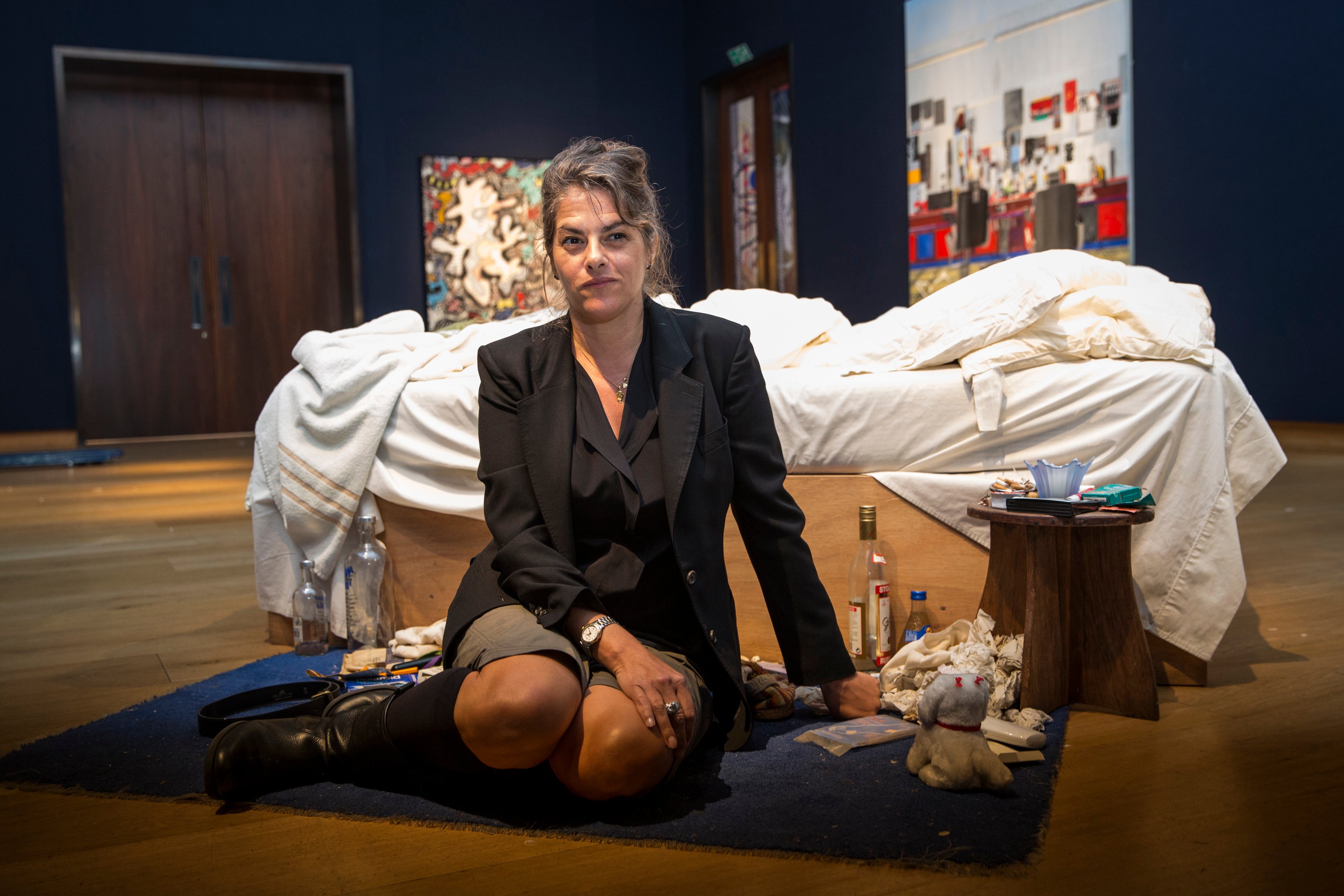
After the trauma came remission, and tuning back into her art and life. “I have never been more active. Tracey Emin is working like a demon!” she says, a smile erupting into laughter. And today that laughter never seems far away. “I have never been happier or more content,” she declares.
Painter, sun-seer, poet, philosopher, exquisite draughtswoman and Britain’s most celebrated female artist, she has reached “national treasure” status, practically becoming an eminence grise, having once been an enfant terrible and a drunken provocateur.
Like all great Egyptians, I am set to make my own tomb
Today, she is quietly philosophical. “I think we all change every seven years, and I feel in a new stage and am loving it: living each day like the last, grabbing life,” she says. “I can feel the change inside me. I look back and my whole life is different. Twenty years ago, invitations would have lured me out, all dolled up in a pretty dress at summer parties until late. Massive drinking. Not for me now.”
Sobriety is one of the changes. “Giving up drink has been totally transformative,” she says. “I love it. I wish I’d done it before. But when I did it in 2008, I felt suicidal. It was horrific and I hated it. I wasn’t surrounded by the right people. Your life’s got to feel like it’s worth living, and you have to build a solid base around you.”
Becoming teetotal was gradual. “Having bladder cancer is really good, a useful thing to stop drinking,” she notes with gallows humour. But what irks her is how she wasted time. “People go, ‘Oh my God, you’ve done so much work in the past four years,’ and I go, ‘Yeah, it’s because I don’t drink any more.’ So what would I have done in the past 40 years or so if I had been sober?”
She explains: “It wasn’t like I woke up every morning and had a drink. I was a binge drinker. So I’d go out and not have one drink but 10. My brain was too big for 10 drinks. And I was too small for 10 drinks. The whole thing was a nightmare. There are people like the Innu Indians [native peoples of North America], who shouldn’t drink because their blood cells are constructed differently. Well, I think I’m one of them. It’s poison for me, absolute poison.”
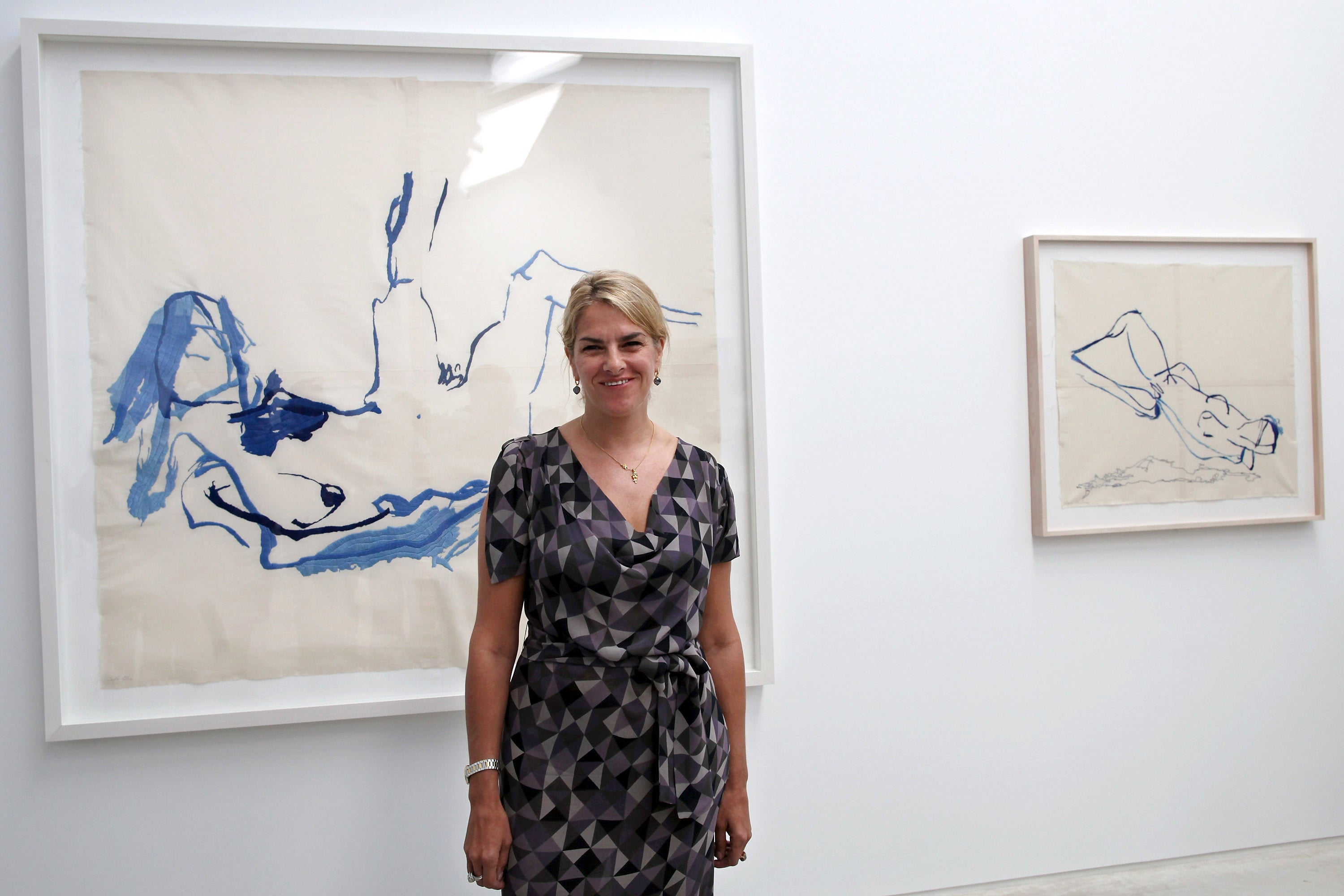
Another significant factor in her life is having obsessive-compulsive disorder. “You can be floored by tiny things that seem important when you’ve got really bad OCD,” she says. “But in the big scheme of things, I came out of it much better.”
How does her OCD manifest itself? “Well, I’m a really good artist – I like to spend all my life looking at things,” she says. “If you were to ask me what’s on this table, I would know every single thing, and have noticed and minded if something was moved, or missing, or crooked. To you, it’s just a table. What I didn’t realise was what a defining thing this OCD was for me. I’d lose it over the tiniest thing. But then with a really big thing, like a car crash, I was really calm. Someone using the wrong towel or whatever would trigger an explosion. It’s how, all my life, I have focused on things. Everything is visual. That’s all I do. I’ve never been anything else but an artist, so it’s all part of that. It’s part of my mind, and how I think, and what my brain does.”
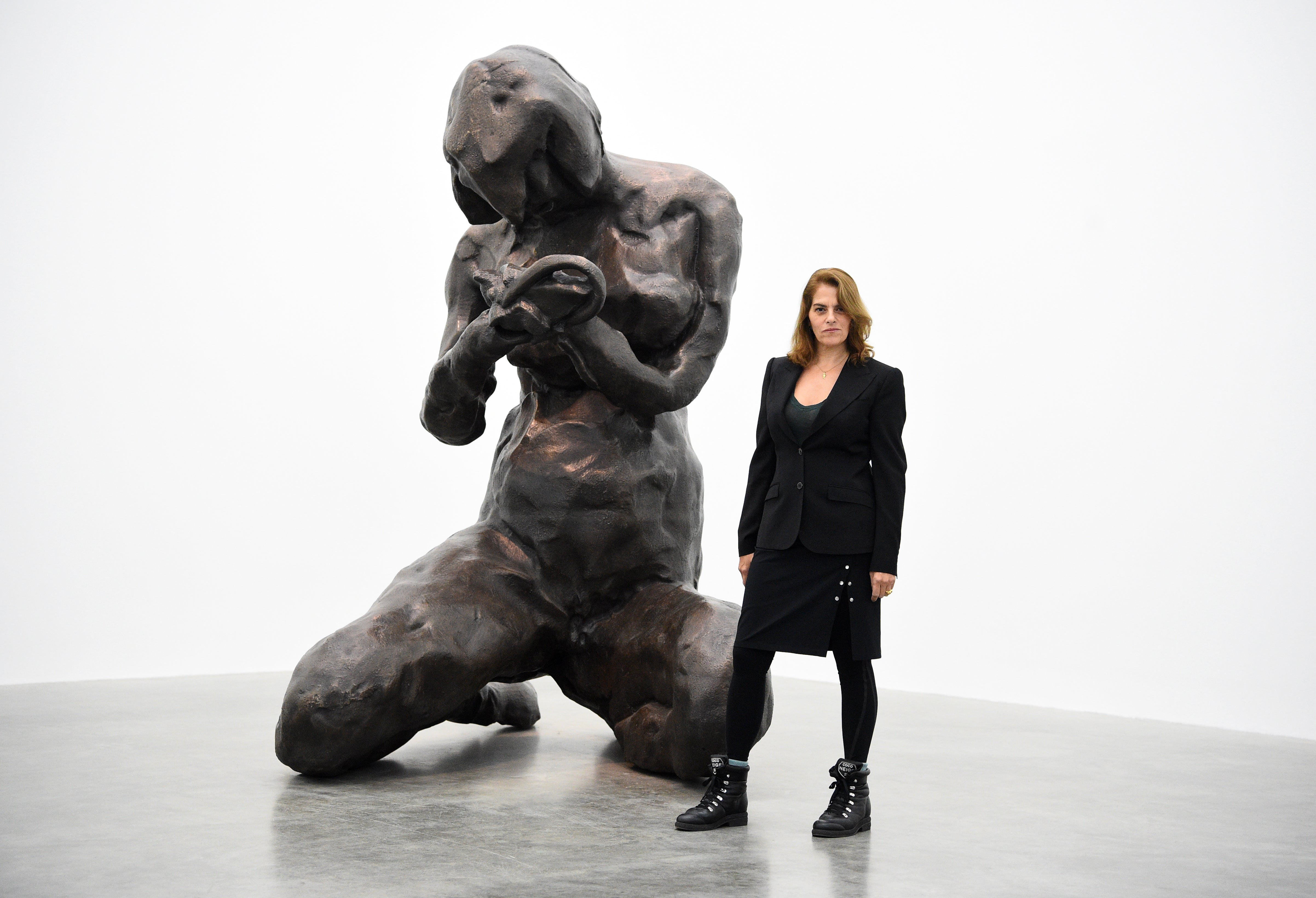
At the age of 60, Emin is on a roll, with three big global shows – in New York (earlier this year), Brussels (opening 24 May) and London (in September). A huge cascade of new works. It is also strongly rumoured that she may become a dame in the King’s birthday honours list next month. Already a Royal Academician, Emin was appointed professor of drawing at the Royal Academy Schools from 2011-13; she also recently became the first female artist to be elected as a trustee of the British Museum.
From her infamous drunk, f-word-dropping presence on a TV debate in 1997, complete with angry walk-off, she has transformed, post cancer, into an artist who is seen no longer as a rebel but as a global art star and a most unlikely pillar of the establishment. And discreetly, almost secretly, she has become one of the art world’s greatest philanthropists. She has made a gift to the nation worth tens of millions of pounds by committing all her wealth to a foundation to help artists and art in the UK.
It has been a cathartic rebirth. No drink. No tantrums. No late-night partying. Instead, she is now a museum panjandrum. She has achieved critical acclaim. She is also adjusting how she is perceived, adamant that she was never a celebrity YBA, as she was lazily labelled by some critics; she wants to make sure she is not just remembered as a headline-grabbing 1990s artist. She is thinking well beyond the grave.
So with all this talk of death, has she made a will? “Better than that: like all great Egyptians, Nubians, I am set to make my own tomb. And it is what you have just seen here.” She means the Tracey Emin compound in Margate, which is like a mini university campus. It is, she says, her metaphorical pyramid.
There are 12 houses, an art school, several vast studios and her own house, as well as a new garden. “Eminland”, as the locals call it, is in the middle of Margate, and includes a former bathhouse and a mortuary. All her wealth, which is considerable, will be dedicated to fund art by other people. Eight young artists are already working in her studios. Essentially, they are on an Emin bursary.
On a full moon, I’m like a werewolf. I’ve got to paint
Among these chosen few, one uses chicken feet to make rugs, another makes stunning ceramics with vaginas as a recurring motif, and there’s a man from El Salvador who as a child walked to San Francisco and was without official papers for years while his mother worked illegally as a cleaner. Another female artist creates stunning paintings of naked women sexually entwined – think a modern-day Monet meets Gauguin.
As well as her working studio, there’s a smaller one for small pictures and a spare one for experimental curation of her works. There’s also a gallery for her chosen artists to show their work. Welcome to Eminland, where these Eminites are given a chance to make careers in their chosen field.
“I must live every day as my last. That is what I take from what has happened. Every day I have to put as much right as I can. So doing the art school and giving it all away is what I am doing. It’s like being an ancient Egyptian and getting my tomb ready, and getting ready to leave.”
This gift, which has not been announced publicly, is the Tracey Emin Foundation, in which she has already invested millions of pounds.
Everything she owns will go into the foundation, an astonishing donation to British culture. “I have no children, so what do I like more than anything? It is art. And I love Margate. I want to do this when I am still living and active.”

Her property portfolio includes her London mansion (she bought TV star Griff Rhys Jones’s house in Fitzrovia for £15m in 2021) and a villa in France where she also has studios. It will all be given to the charity, along with her works and the considerable fortune she has made. “Most people do this when they are dead; I want to do it now,” she says. “Not having any children is brilliant, because you don’t have to look after them. With children, you have such a responsibility for a future. Well, I don’t have that. So I can say, ‘What do I want for a future?’ And the answer is I want more art. So I could just go out and buy an incredible picture by [the Norwegian painter Edvard] Munch, who I love. But, no, I prefer to take a risk on lots of young artists and see what they do. That’s my pleasure. Love of art is number one for me. Number two is love of Margate. It is an impoverished place, which is regaining more and more pride in itself through investment in art.”
And the poverty makes her furious. “There are 18,000 people in the town living below the poverty line. Not on the dole, but beneath the poverty line. The food banks here are astronomical. Something needs to be done, and art is a good start. I truly believe art makes people feel good. Art has an energy.”
And politics? “The last government brought about financial suicide,” she says. “Moving us out of Europe was the biggest mistake Britain could have made. Boris Johnson has no shame. The way he behaved during Covid was diabolical. Rest assured I will not be voting for the Tory party.”
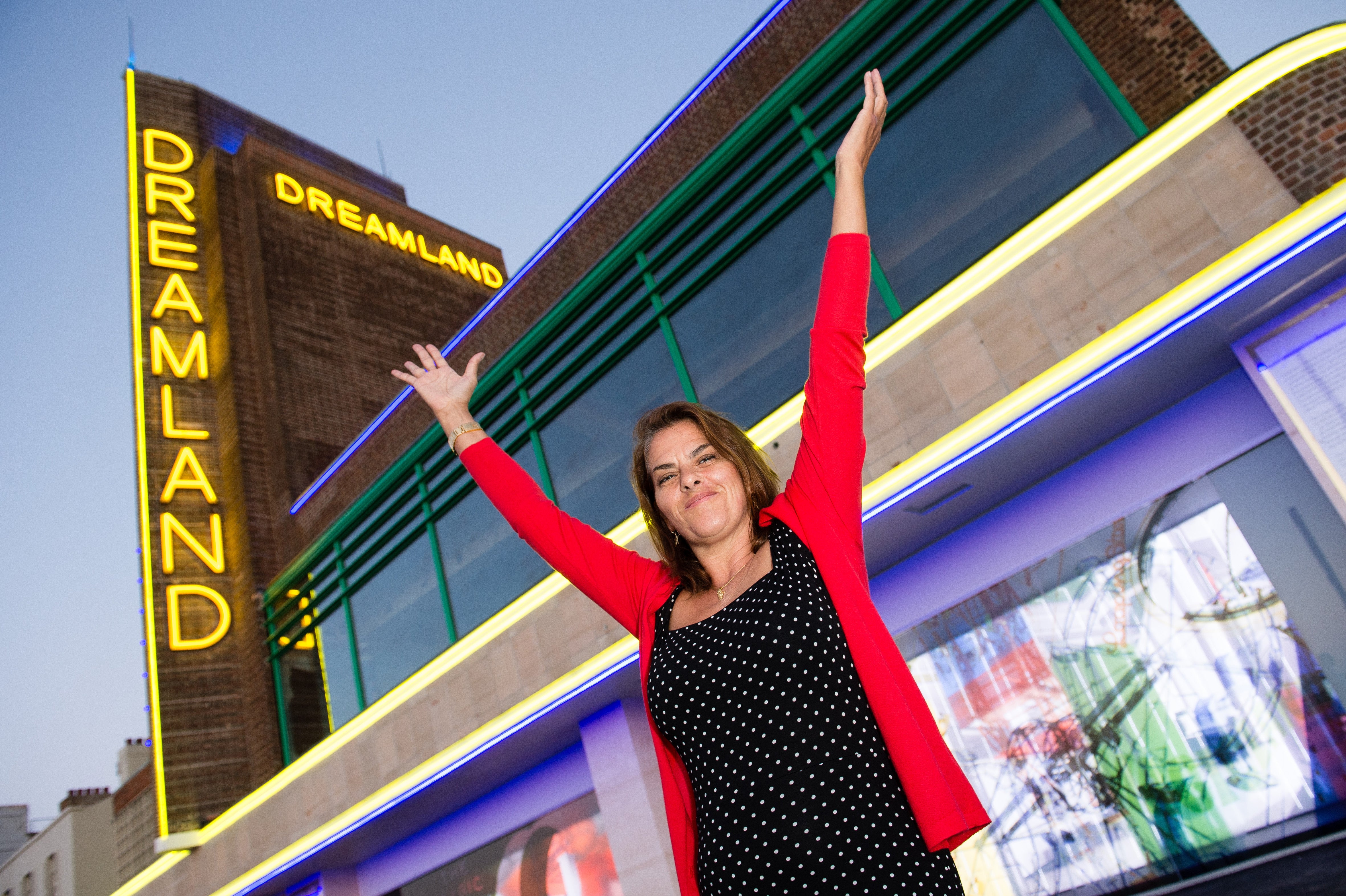
The refrain of Samuel Pepys at the end of each day’s diary entry – “And so to bed” – is tailored for her. Her career to date starts and finishes with beds. First, her 1990s bed with its infamous stained sheets and used condoms, a shocking and seismic work of art about women and the physicality of sex, both pleasurable and traumatic. Now, her new pictures return to beds as a subject, and show prone figures, some alone, some entwined. They represent her own bedroom as well as hospital beds. Today, post surgery and with no bladder, she gets inordinately tired and stays in bed most mornings. “I am just not able to get up. Your kidneys are working overtime, which tires you, so in bed I do a phenomenal amount of thinking. And sometimes my best ideas come from then.”
She folds her outside life into her life in bed. George Osborne, as chair of the British Museum, hosted a trustees’ meeting last week. Tracey asked as she Zoomed in if anyone else was in bed. No one else at the meeting was between the sheets.
Her new exhibition is graphic, instinctive, urgent and beautiful. She laughs off any suggestion that the show, opening in Belgium next week, is a coded message about dying from the cancer she has battled. Although the title, “By the time you see me there will be nothing left”, does sound like a final farewell note, Emin says that her new pictures are actually a hymn to love.
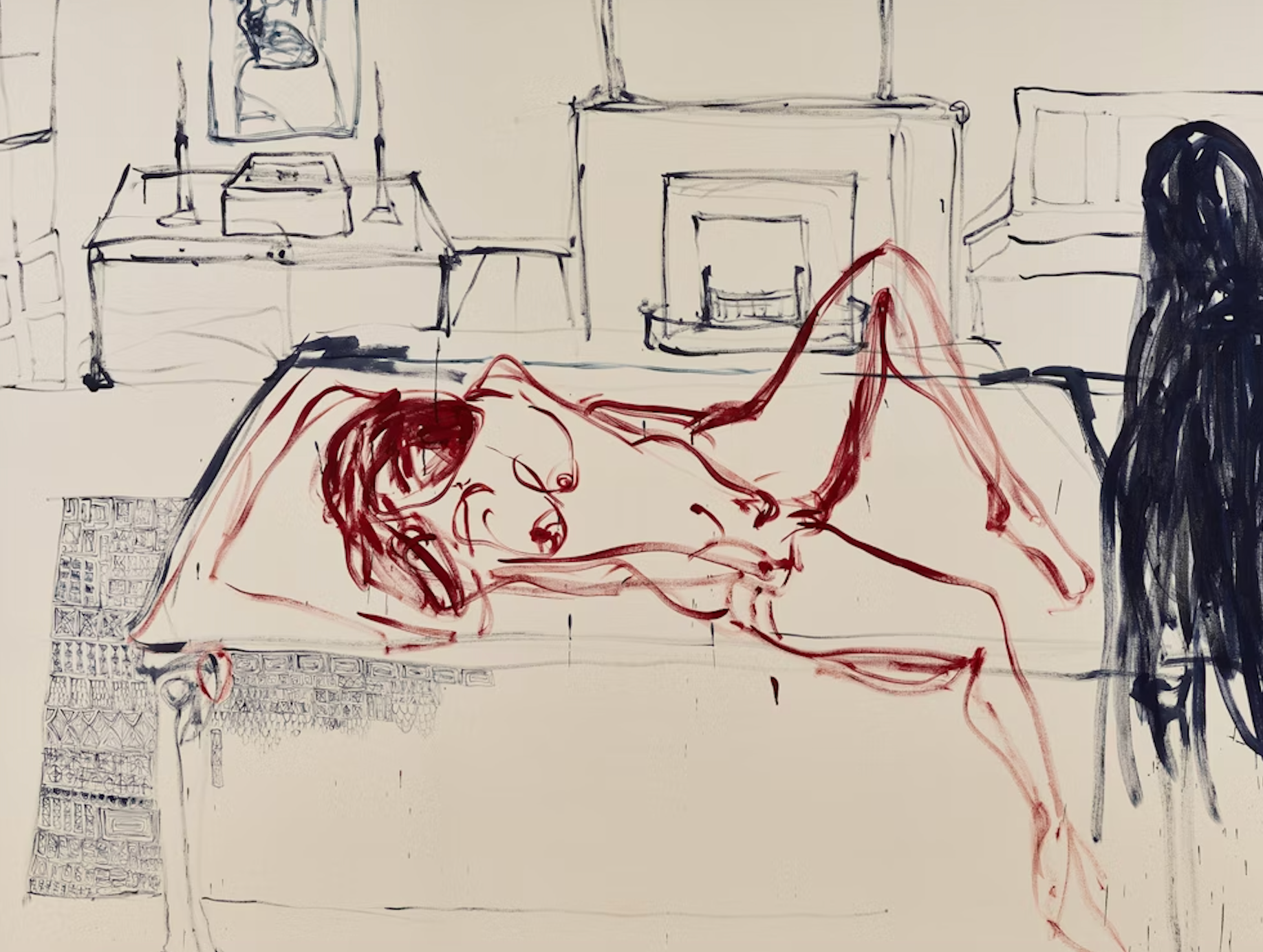
But she’s got used to people thinking that death becomes her. “One friend gave me such a glowing acknowledgement in his latest book, he obviously had thought I was going to pop my clogs. Just not the case though! The truth is I have never felt so content in my life, or as active. Let me be absolutely clear: Tracey Emin is alive and well and painting non-stop.
“My new show is about love slipping away,” she continues. “I do deal with death in the show, but this is mostly about life and love.”
Everything relates back to her close shave with death, involving the most intimate parts of her body being surgically removed. “They cut away half my vagina, my bladder, my uterus and part of my intestines, and I had a hysterectomy – it was a big deal.” A team of 12 worked on her for seven and a half hours. We laugh at how, even in dire moments, she instinctively grabs attention by having a dozen medics in attendance. Her life has always been marked by dramatic entrances and exits – from regular appearances at red-carpet film premieres to recently starring in a pop video with the Pet Shop Boys, shot in Margate at the last minute when she heard her old friends were in town.
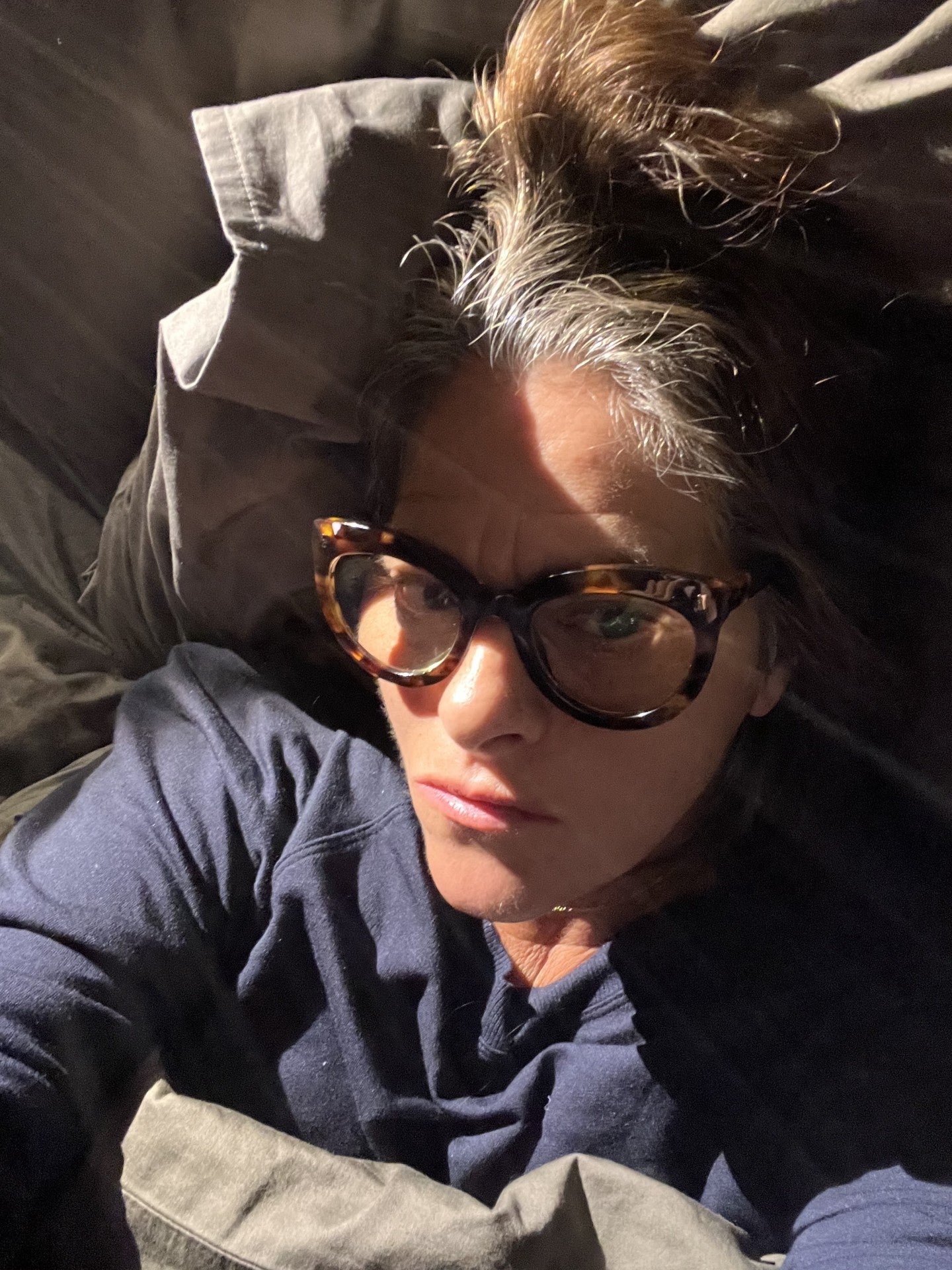
Emin does not do sugar-coating, and she faced down death during her savage cancer treatment by asking for total truth from her doctors. It mirrors what she has always done in her art. From masturbation to menstruation and miscarriages, Emin faces life experiences head on. Love and breakup, too, as well as tenderness and pain, all viewed through a woman’s personal prism. This time it is more positive. “My anger has gone. My loneliness also. I can still be sad, but it is never as sad as I was before. Back then, I was truly lonely and unhappy. Also so angry. I would go off on a tantrum if someone used the wrong towel, or placed a cup in the wrong place. It was mad. And that has gone. Cancer allowed me to find the space to give up drink, and find the best in my self and in my life. I am loving it.”
The rebel is always still just beneath the surface. She is instinctive and explorative. She has no regrets. Her drinking days were an unavoidable part of her path, whether she likes it or not. She recalls, even as a young girl on the bus to school, sitting on the top deck, smoking. “I could have sat downstairs and focused on my homework, reading, being focused when I got to school – but then I wouldn’t have been an artist.”
She’s self-aware and driven; her compulsion to paint is still manic. “If it’s a full moon and I’m dying to work and it’s all inside me, it’s like a werewolf situation,” she says. “I’ve got to paint, I’m going mad, and then I go into the studio and release myself, and I go crazy, and it’s fantastic. So it didn’t matter that I didn’t paint for four or five days. Everything stacks up into this amazing force, and it comes out!” The perfect refrain for a dame.
And so to bed.
Tracey Emin’s ‘By the time you see me there will be nothing left’ is on at the Xavier Hufkens gallery in Brussels, Belgium, from 24 May to 27 June
Join our commenting forum
Join thought-provoking conversations, follow other Independent readers and see their replies
Comments